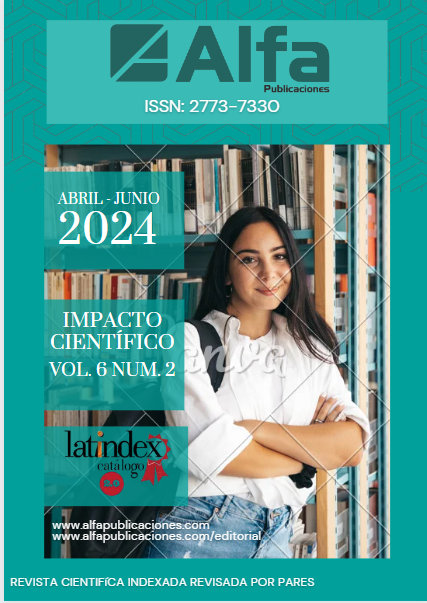Sustainable energy solutions: a study on strategies for the use of gas associated with oil extraction in Ecuadorian industry
Main Article Content
Abstract
Introduction: For years in the Ecuadorian oil & gas industry, hydrocarbon production generates associated gas, which is currently mostly flared, although there are environmental regulations that require emission control for compliance with good air quality. The global initiative "Zero Regular Gas Flaring by 2030", of which Ecuador is part, promotes the shift towards the use of gas instead of flaring. This article proposes strategies such as electric power generation, gas-to-liquid conversion and gas re-injection to improve sustainability and resource efficiency, in line with Sustainable Development Goal 13. Objetivo: Proponer tres estrategias para el aprovechamiento del gas asociado, utilizando datos de la Agencia de Regulación y Control de Energía y Recursos Naturales no Renovables de Ecuador y EP Petroecuador se asume un gas dulce, con las estrategias propuestas que son; generación de electricidad; proceso de síntesis de gas a gasolina STG+ y reinyección de gas en recuperación secundaria. Methodology: The present is a qualitative and comparative study of three strategic options for the use of associated gas in the Ecuadorian oil & gas industry. The fundamentals and operation of each strategy are detailed and explained from a theoretical point of view. The presence of sweet associated gas has been assumed, the all used for this study were obtained from official reports of the agency of regulation and control of energy and non-renewable natural resources of Ecuador, as well as other reliable sources of information. Results: Making use of the associated gas through gas turbine power generation could save $1801.8/day or $1831.8/month in electricity consumption cost. Gas-to-gasoline STG+ synthesis could cost $167-440 million with an estimated TRC of 3 to 6 years. As for gas reinjection in secondary recovery, it would increase crude oil recovery up to 20% and reduce environmental impact. Conclusions: It is concluded that the strategies proposed are sustainable, economically variable aim to improve energy and environmental efficiency. The generation of electricity with associated gas reduces the energy cost and decreases the emissions of combustion gases from the plants. Gas-to-gasoline synthesis STG+ is cost-effective and sustainable and helps reduce the carbon footprint. Finally, gas reinjection in secondary recovery helps crude extraction and adapts to the characteristics of the reservoir, in addition, it mitigates environmental risks.
Downloads
Article Details
dssfdsf
dsfdsf

